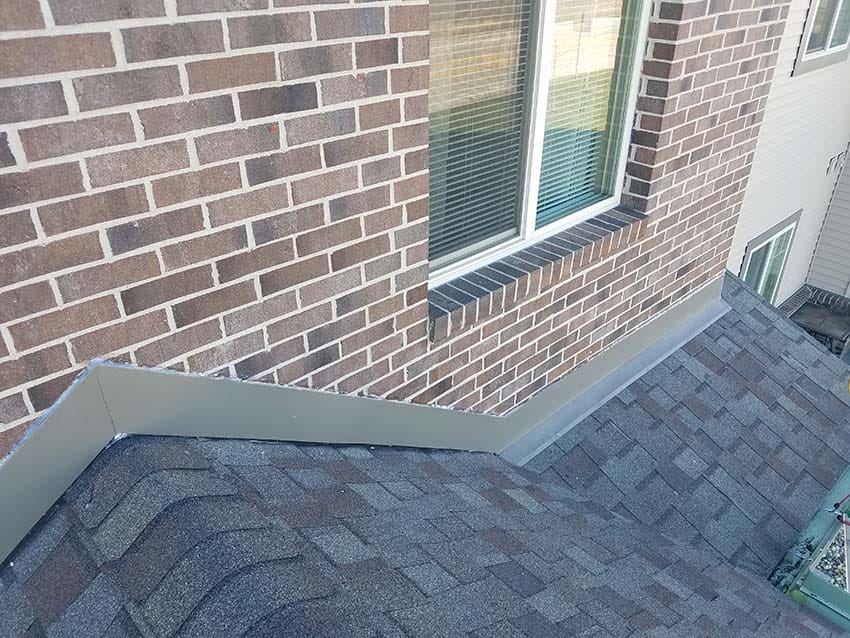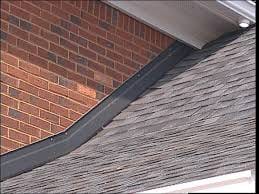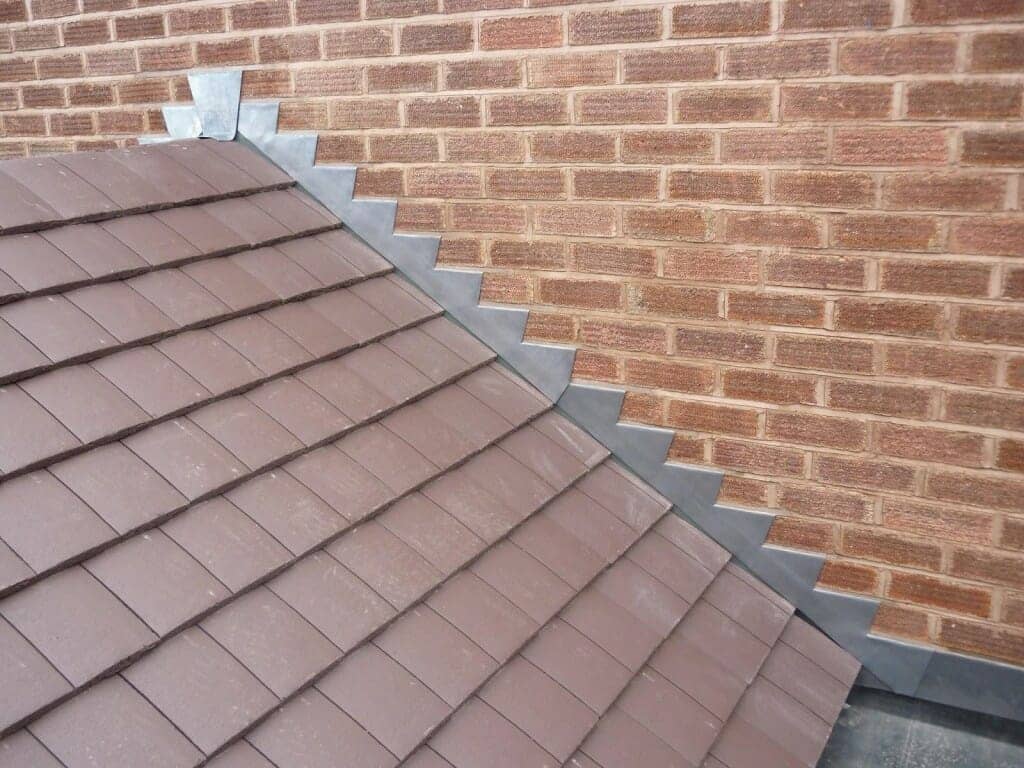ROOF FLASHING
Home / Roof Flashing
The Importance of Roof Flashing
Roof flashing protects against leaks around chimneys, vents, skylights and masonry structures as well as helping stop water seepage beneath shingles, which could potentially lead to serious issues like mold growth or even rot.
Flashing can be constructed from copper or galvanized steel flashing. Plastic flashing may also be available. Flashing comes in various shapes and sizes for installation.

Flashing Prevents Water Damage
Roof flashing is an integral component of any roofing system that helps prevent water damage in areas most susceptible to it. Flashing consists of thin sheet of galvanized steel or other materials designed to shield against harsh weather and direct rainwater directly to gutters rather than seeping into walls, ceilings or other parts of the house. Without sufficient flashing protection or damage repairs for damaged flashings can lead to major leaks and other forms of property damage that require costly repairs elsewhere in your home.
Roof Flashing Install
Roofers install flashing where a roof meets an overhead structure such as walls or dormers, including chimneys, vent pipes, and skylights. There are also special flashings designed for penetrations such as chimneys, vent pipes, and skylights. Flashing should be installed under and over the shingles so as to provide a seal against rain seepage through crevices beneath shingles or vertical walls and bent into curved shapes that fit the surface or wall; depending on which flashing type is selected it could take on simple L-shape or even more complex designs such as drip edge flashing or step flashing designs.
Flashing helps maintain the integrity of a roof beyond preventing leaks; leaks in seams, joints and openings of a roof can lead to mold growth and pest infestation, which flashing helps prevent by diverting water flow directly to gutters – keeping any potential problems from spreading throughout your house and potentially leading to serious structural damage.
There are various forms of roof flashing available today, such as drip edge flashing. Drip edge flashing is designed to stop rainwater running over fascia boards and into soffits. Step flashing provides more extensive protection, also stopping it from running down walls of homes; and kickout flashing serves to bridge any gaps between step flashing ending and gutter beginning.
Types of Flashing
Flashing is essential in protecting the roof components that comprise your roof from rainwater, melting snow, or excess moisture seeping into your home and damaging shingles, walls, roof decking or chimney from leakage and costly repairs.

Flashing can be found around a chimney, pipe vents, skylights and other roof penetrations. A roofing contractor can install flashing in these locations to prevent water entering your home while also providing repairs as necessary.
Faulty roof flashing is a common issue and should be repaired as quickly as possible to avoid extensive water damage throughout your home’s interior. Fixing it immediately will prevent further problems while saving both time and money in the long run.
Dependent upon the type of roof, different flashings are available that could suit it best. A roofing contractor can assist you in selecting which option would work best with your property.
Step flashing is a flexible piece of metal designed to protect the edges of your roof. Easily installed in any corner or gap on your roof, step flashing can be constructed from copper, aluminum, or galvanized steel materials – and easily repaired and replaced by roofing contractors.
Continuous or apron flashing is another popular type of flashing, consisting of a long strip of metal that redirects water off the roof surface and onto its shingles. It’s commonly installed when building chimneys or brick walls but can also be added onto existing structures.
Contact Pro Home Construction
When installing or repairing roof flashing, it is crucial that rubber components do not come into contact with tar-based products or any petroleum-based chemicals as these can degrade them over time and lead to further wear on them. For assistance from a pro, call Pro Home Construction today at 631-599-4545



Need Your Home Repaired?
Contact us now. Fill out the form below and someone will be in touch very shortly to discuss your project and schedule an appointment for us to have a look at the issue. Always feel welcome to call for immediate service.
CALL US NOW: (631) 599-4545
Services We Provide in East Hampton: Roofing | Skylights | Chimneys |Siding | Gutters | Decks & More!


